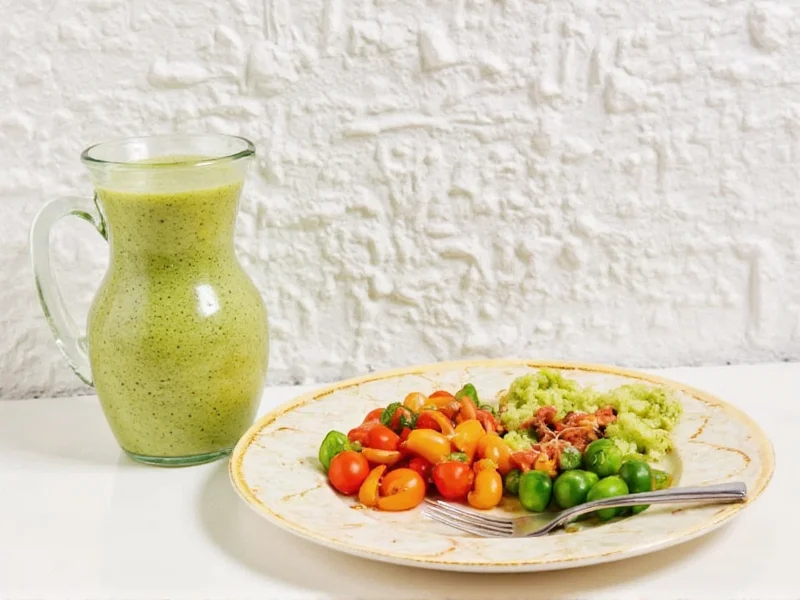The Scoville scale, developed by pharmacist Wilbur Scoville in 1912, remains the standard measurement for chili pepper heat. Understanding where jalapeños fall on this scale helps cooks and spice enthusiasts manage heat levels in recipes and select appropriate peppers for their tolerance.
Understanding Jalapeño Heat Variability
Jalapeños exhibit significant variation in their Scoville ratings due to several factors. While the standard range is 2,500-8,000 SHU, specific growing conditions dramatically influence final heat levels. Peppers subjected to water stress during growth often develop higher capsaicin concentrations as a defense mechanism, resulting in noticeably hotter fruits.
Genetic variation also plays a role—some jalapeño cultivars naturally produce more capsaicin than others. The 'Early Jalapeño' variety tends toward the milder end of the spectrum, while 'Jalapeño Purple' can reach the upper limits of the standard range.
Comparing Jalapeños to Other Common Peppers
| Pepper Type | Scoville Heat Units (SHU) | Relative Heat Level |
|---|---|---|
| Bell Pepper | 0 SHU | Mild |
| Jalapeño | 2,500-8,000 SHU | Mild-Medium |
| Serrano | 10,000-23,000 SHU | Medium-Hot |
| Cayenne | 30,000-50,000 SHU | Hot |
| Habanero | 100,000-350,000 SHU | Very Hot |
This comparison shows that jalapeños sit comfortably in the middle range of commonly used culinary peppers. They're approximately 2-3 times hotter than poblano peppers but significantly milder than serranos, which average about three times the heat of a typical jalapeño.
Factors Affecting Jalapeño Spiciness
Several elements determine the final heat level of your jalapeños:
- Seed placement: The white pith surrounding jalapeño seeds contains the highest concentration of capsaicin. Removing seeds and membranes reduces heat significantly.
- Ripeness: As jalapeños mature and change color from green to red, their heat often increases. Red jalapeños typically measure higher on the Scoville scale than their green counterparts.
- Soil conditions: Nutrient-deficient or stressed plants produce hotter peppers as a survival mechanism.
- Climate: Warmer growing seasons generally yield spicier jalapeños.
Practical Applications in Cooking
Understanding jalapeño SHU values helps in recipe planning. For those sensitive to spice, removing seeds and membranes can reduce heat by up to 80% while preserving flavor. When substituting jalapeños in recipes, consider these equivalents:
- 1 jalapeño ≈ 3 poblano peppers in heat
- 1 jalapeño ≈ ⅓ serrano pepper
- 1 jalapeño ≈ 15 bell peppers in heat intensity
Chefs often roast jalapeños to mellow their heat while enhancing their natural sweetness. The charring process breaks down some capsaicin compounds, resulting in a more complex flavor profile with reduced burn.
Common Misconceptions About Jalapeño Heat
Several myths persist about measuring and managing jalapeño spiciness:
- Myth: All jalapeños have the same heat level
Reality: Individual jalapeños from the same plant can vary significantly in SHU measurements. - Myth: Smaller jalapeños are always hotter
Reality: Size correlates weakly with heat; environmental factors have greater influence. - Myth: Vinegar reduces pepper heat
Reality: Acidic ingredients may mask heat perception but don't reduce actual capsaicin concentration.
Measuring Heat Accurately
While the Scoville Organoleptic Test was historically used (relying on human tasters), modern laboratories employ High-Performance Liquid Chromatography (HPLC) for precise capsaicin measurement. This scientific approach provides objective SHU calculations without subjective taste variation.
Home cooks can gauge jalapeño heat through careful tasting—start with a small piece of the inner membrane, wait 30 seconds, then assess the burn level before adding to recipes. Remember that heat perception builds gradually and can intensify when combined with fats or dairy.
What is the average SHU for a standard jalapeño pepper?
The average jalapeño measures between 2,500 and 8,000 Scoville Heat Units (SHU), with most commercially available peppers falling in the 3,000-5,000 SHU range. This places them firmly in the mild to medium category of the chili pepper heat scale.
Why do some jalapeños taste significantly hotter than others?
Variation in jalapeño heat comes from multiple factors including growing conditions (water stress increases heat), ripeness (red jalapeños are often hotter), genetic differences between plants, and even the specific position of the pepper on the plant. Two jalapeños from the same plant can have noticeably different SHU measurements.
How can I reduce the heat of jalapeños in cooking?
To reduce jalapeño heat, remove the white pith and seeds where capsaicin concentrates. Soaking sliced peppers in salt water for 30 minutes can extract some capsaicin. Cooking methods like roasting or boiling also reduce perceived heat. For significant heat reduction, consider substituting with poblano peppers which have similar flavor but lower SHU levels.
Are red jalapeños hotter than green jalapeños?
Generally yes—red jalapeños (which are simply mature green jalapeños allowed to ripen) tend to be slightly hotter than their green counterparts. As jalapeños mature, capsaicin concentration often increases, though flavor becomes sweeter and more complex. The difference isn't dramatic, but noticeable when comparing peppers from the same plant.
How does jalapeño heat compare to other common peppers?
Jalapeños (2,500-8,000 SHU) are milder than serranos (10,000-23,000 SHU) but hotter than poblanos (1,000-2,000 SHU). They're approximately 2-3 times hotter than poblanos but only about one-third as hot as serranos. Compared to extremely hot peppers like habaneros (100,000-350,000 SHU), jalapeños are significantly milder—requiring about 20 jalapeños to match the heat of one average habanero.











 浙公网安备
33010002000092号
浙公网安备
33010002000092号 浙B2-20120091-4
浙B2-20120091-4